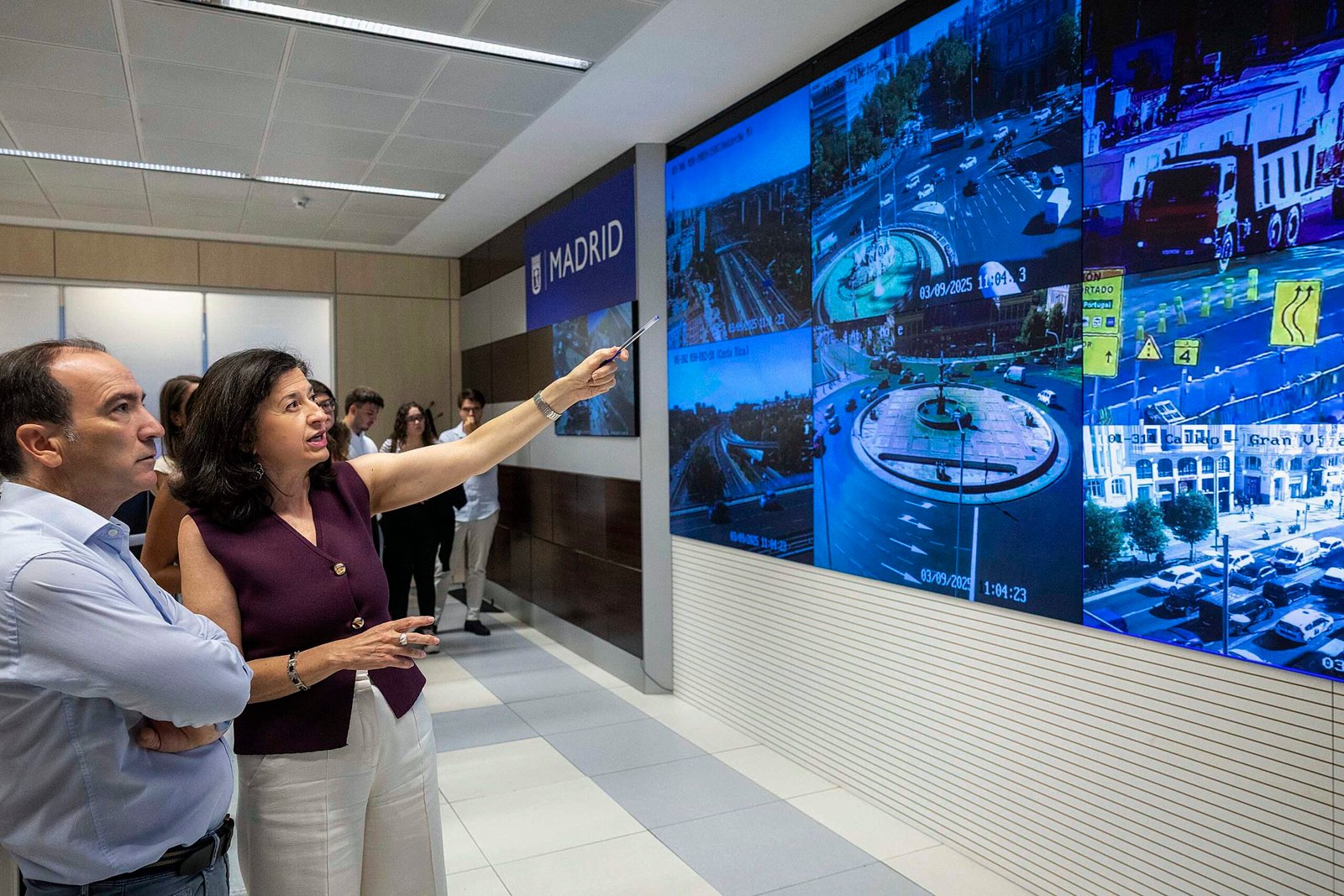All traffic passing through the A-5 above the underpass linking to the Boadilla road will be diverted starting next Monday, May 2, to a parallel provisional road that has been built over the last month. This operation will be carried out to demolish the underpass and continue with the tunneling works of the highway that will give life to the future Southwest Green Walkway.
In terms of mobility for the residents of the area, this new phase does not involve any changes. The northbound exit of the A-5 (in the direction of Madrid) towards Boadilla del Monte and the left turn towards Carabias Street remain open, a movement that was enabled in April when traffic through the underpass was eliminated.
With the opening on March 1 of a new roundabout on Avenida de los Poblados, at the height of Pilar Street, alternative routes to join the A-5 can be taken through the Los Yébenes link, Padre Piquer Avenue, and Avenida de los Poblados. Access to the Aluche neighborhood is also available through these three points of the road network, as well as through Allende and Villadiego streets to continue on Meliloto Street, thus avoiding the construction zone.
An urban regeneration project
With the implementation of the Southwest Green Walkway and the tunneling of the A-5, the Madrid City Council will reclaim the space currently occupied by the highway that separates the neighborhoods of Lucero, Aluche, and Las Águilas, which have been separated from Campamento and Casa de Campo (the latter belonging to the Moncloa-Aravaca district). Once completed, the project will reduce surface traffic by 90%, where currently 80,000 vehicles circulate daily, as well as reducing pollutant emissions.
On the surface, the covering of the A-5 will extend the pedestrianized boulevard from Avenida de Portugal to Padre Piquer Avenue in an intervention that spans a total of 3.2 kilometers. Pedestrian and cyclist mobility will be prioritized, leaving a roadway sized to serve local vehicle and urban public transport routes.
Underground, the new tunnel will have a distribution of two spans and three lanes per direction. The lanes closest to the median on both roadways will be designed for use as bus-VAO lanes, equipped with variable signage that will allow their use to be regulated according to traffic needs at any given time. The flexibility of this system will optimize the infrastructure, adapting to transportation demand in a variable manner. /
More information at www.madrid.es/paseoverdesuroeste



